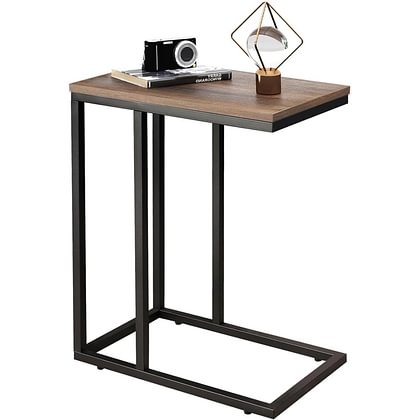Most decorative walls are decorated with wallpaper. In order to look beautiful, how to judge the quality of wallpaper is also what many decoration customers want to know. Give you a detailed introduction to wallpaper knowledge!precisely because مكتب الكمبيوتر The rapid development of, so also brought new opportunities to the industry. https://www.chulovs.com
Types of wallpaper
Common wallpaper is made of pure paper, PVC and nonwoven.
1. Pure paper wallpaper is mainly made of grass, bark and new natural reinforced wood pulp, which has the advantages of pure color, environmental protection, good dust-proof and air permeability, but it is easy to wear, yellow and waterproof.
2.PVC wallpaper is mainly made of poly vinyl resin, which is made by coating, printing and foaming. The foamed wallpaper has strong stereoscopic effect, good decorative effect, flexibility and wear resistance, scrubbing, acid and alkali resistance, and sound absorption and heat insulation functions; However, due to material reasons, it is not an environmentally friendly product.
3. Non-woven wallpaper is a kind of wallpaper made of natural plant fibers such as cotton and linen or synthetic fibers such as polyester and acrylic fiber. It is harmless to human body and environment, completely conforms to environmental protection and safety standards, and has no paper base. It adopts advanced technology of direct printing and color matching, with rich patterns, mostly light and solid colors, comfortable vision, soft touch, convenient construction, good air permeability and moisture resistance, and is not easy to fade after scrubbing.
Hefei decoration company
Hefei decoration company
Dark wallpaper embellishment of TV background wall
How to tell the quality of wallpaper?
A look: color and interface. To identify the quality of wallpaper, first of all, look at whether the color on the surface of wallpaper is uniform, whether there is color difference, bleeding and blurring. Usually, the clearer the pattern, the better. Secondly, it depends on the number of weaves and fineness, mainly for non-woven fabrics and wall covering, depending on both sides. Usually, the higher the surface fabric density, the better the quality.
Two touches: feel and toughness. Some people think that the thicker the wallpaper, the better. According to industry insiders, this is a misunderstanding. The quality of wallpaper is mainly related to paper quality, technology and toughness, but not directly related to thickness. When identifying wallpaper by hand, the most important thing is to look at the feel and toughness, especially flocking wallpaper, which is the easiest to feel the difference between good and bad. Usually, the softer and more comfortable the feel, the better the quality and the stronger the flexibility.
Three smells: inferior wallpaper smells bad. Real environmentally friendly wallpaper is tasteless.
Four rubs: Test the abrasion resistance and dirt resistance. Consumers are advised to draw a few strokes on the paper with a pencil and then use an eraser. Generally, high-grade and high-quality wallpaper is easy to clean even if it has concave-convex texture on the surface. If it is inferior wallpaper, it is easy to scratch or not clean.
Five dipping: testing waterproof and mildew resistance. Because wallpaper is paper, many people are worried about its waterproof effect. Try to pour a drop of water on the paper. If the water hasn’t penetrated after waiting for 2~3 minutes, it means that this wallpaper is waterproof, and vice versa.